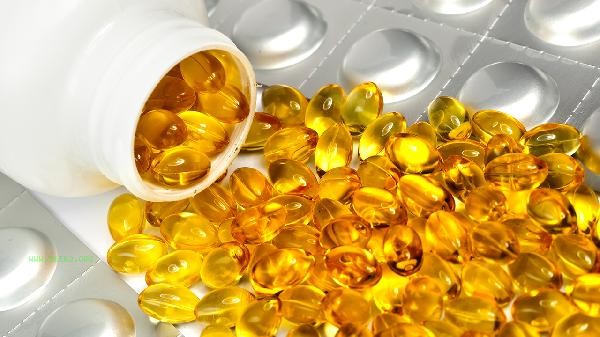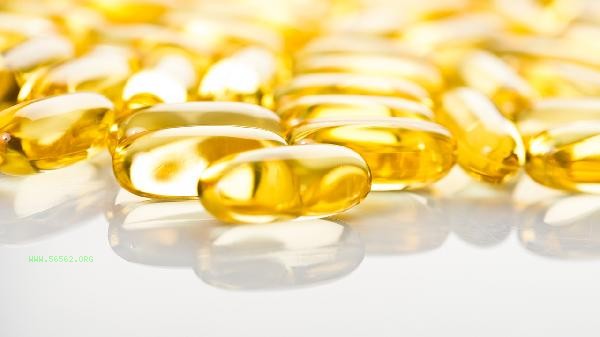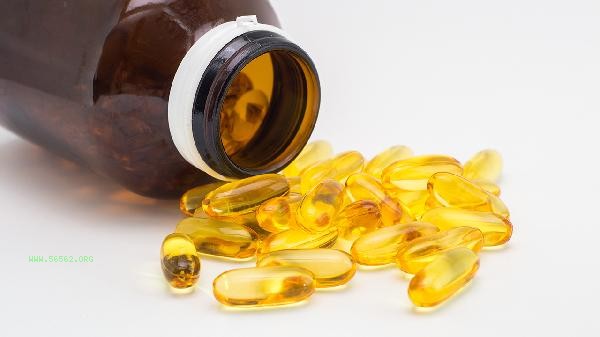The key to reducing vitamin C loss in cooking lies in controlling cooking temperature, shortening heating time, and optimizing processing methods. There are mainly methods such as rapid blanching, low-temperature stir frying, avoiding prolonged soaking, using acidic seasonings reasonably, and selecting appropriate cutting and mixing methods.

1. Quick blanching
When blanching vegetables, use boiling water and control the time within 30 seconds. High temperature short-term treatment can quickly inactivate oxidase and reduce the probability of vitamin C being broken down. Immediately supercool the water after blanching to cool it down, which can block the continuous destruction of nutrients by residual heat. Green leafy vegetables such as spinach and rapeseed are suitable for this method, but it is important to ensure sufficient water to avoid rapid cooling.
2. Low temperature quick stir frying
uses medium and low oil temperatures for quick stir frying, with the oil temperature controlled below 160 degrees Celsius being ideal. High temperature can cause the oxidation and decomposition of vitamin C, while low-temperature stir frying can ensure that the ingredients are cooked thoroughly and retain nutrients to the maximum extent. Vegetables with high vitamin C content, such as broccoli and green peppers, are suitable for this method. When cooking, you can first lower the stem and then add the leaves.
3. Avoid soaking
Vegetables should be drained of water in a timely manner after cleaning to avoid prolonged soaking in water. Vitamin C is a water-soluble nutrient that will be lost in large amounts after prolonged exposure to water. If root vegetables such as potatoes and carrots need to be soaked, it is recommended to keep the outer skin before processing, cut and cook as soon as possible after preparation.

4. Add acidity
During the cooking process, add a small amount of acidic seasonings such as vinegar or lemon juice. Acidic environment can inhibit the activity of ascorbate oxidase and slow down the decomposition rate of vitamin C. Tomatoes, cabbage and other vegetables themselves contain organic acids, which can be combined with other ingredients to form a protective effect when cooked.
5. Scientific cutting and matching
Food should not be cut into small pieces, as larger volumes can reduce the contact area with air. The sequence of washing first and then cutting can avoid the loss of vitamin C from the incision, especially for easily oxidized and discolored ingredients such as potatoes and eggplants. Cut and cook as soon as possible to reduce exposure to air.

In daily cooking, steaming can be used instead of boiling water, and adding ingredients to the steamer after steaming can shorten the heating time. Choose vegetables with high freshness, as the longer they are stored, the greater the loss of vitamin C. Separate the processing of different types of vegetables to avoid excessive heating of some ingredients due to mixing and frying. Keep an appropriate amount of soup for consumption, and some vitamin C dissolved in water can be supplemented by drinking soup. Cover and seal leftovers when storing them in refrigeration to reduce exposure to oxygen. Reasonable combination of edible oils rich in vitamin E can help protect vitamin C through its antioxidant properties.



Comments (0)
Leave a Comment
No comments yet
Be the first to share your thoughts!